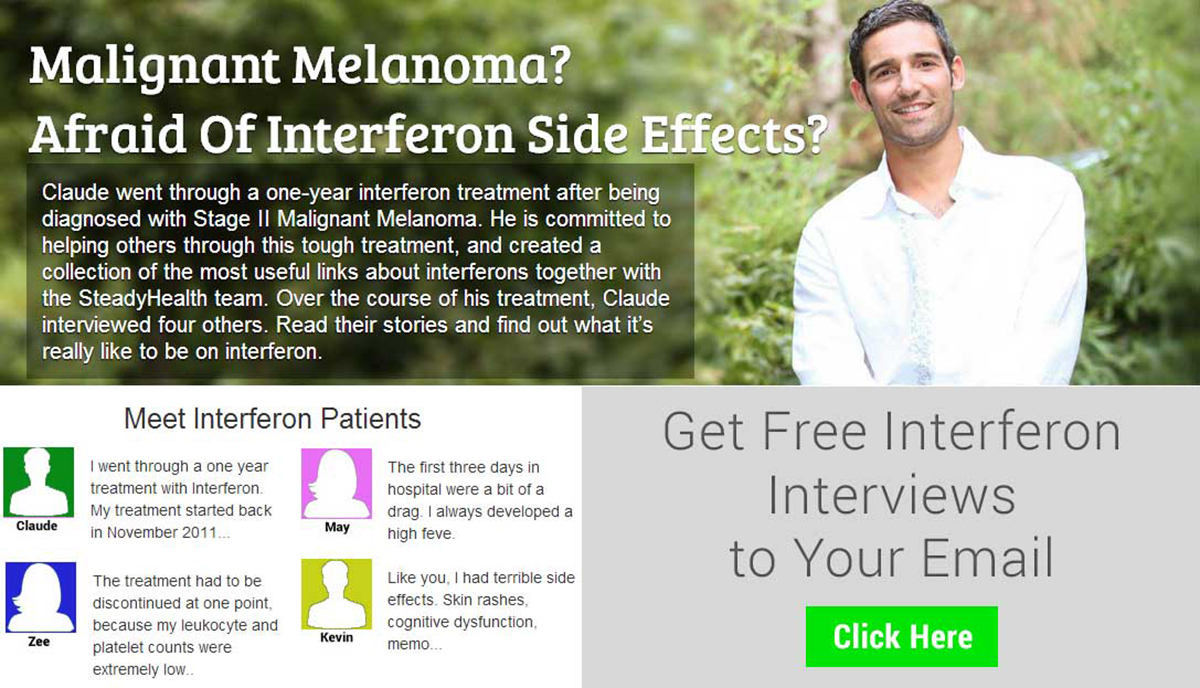What is Vitiligo?
While melanoma’s only account for approximately 4% of all skin cancers, it is the most common reason for skin cancer-related deaths throughout the world. Melanomas most commonly occur on parts of the body that receive exposure to direct sunlight, but can happen elsewhere.
Vitiligo is an autoimmune disorder which also called leukoderma; the condition is highlighted by a significant loss of melanin, which is what gives skin its color. The skin which receives the most sun exposure is the most likely to be affected and the disorder develops as areas of white dots, patches or macules and occasionally the area will itch and have sensitivity around the borders. Approximately 70% of people carry the gene variant for Vitiligo, the disorder affects about 40-50 million individuals worldwide and happens in both males and females equally.
How Does a Gene Variant in Vitiligo Protect Against Melanomas?
According to a recently published study in the New England Journal of Medicine, scientists at St. George’s University in London found that 70% of the population has a gene variant that while causing an increased risk of Vitiligo, provides a decrease in the risk a person has of developing melanomas. Genetic testing was performed on 1.514 patients with Vitiligo and 2,813 people in a control group that did not have the disorder. Study subjects were Caucasians of European bloodline.
A newly discovered gene variant which is involved in the immune system is of significant importance because of its association with TYR genetic locus, which is the key enzyme in melanocytes. The study information provides a brand new link, which gives medical professionals a variety of new treatment options for both melanoma and Vitiligo. It is thought that because of the genetic association between Vitiligo and the immune system and tyrosinase, the link will slow the progression of melanoma or decrease the chances a person will develop the condition, further information is needed to better understand everything completely.
The exact mechanism behind this protective effect isn't entirely clear, but several hypotheses and findings provide some insights:
-
Immune Response: Vitiligo is an autoimmune disorder, where the body's immune system targets and destroys its melanocytes. This heightened immune response against melanocytes might also be effective in recognizing and eliminating melanoma cells, which originate from melanocytes.
-
Gene Variants: Some studies have identified common genetic variants shared between vitiligo and melanoma, suggesting a shared pathogenesis. Some of these gene variants may increase the risk of vitiligo while simultaneously decreasing the risk of melanoma.
-
Cellular Stress: In vitiligo, melanocytes undergo a process known as "cellular stress," leading to changes that make these cells more recognizable to the immune system. Similar changes might occur in melanoma cells, making them targets for the immune system.
-
Enhanced Surveillance: Individuals with vitiligo might be more vigilant about sun protection and regular skin examinations, given their increased visibility of skin changes. This might lead to earlier detection and removal of any potential skin cancers.
-
Reduced Melanin Production: Melanin plays a role in protecting skin from UV radiation, but it also can contribute to melanoma progression in certain contexts. With reduced melanin production in vitiligo-affected skin, it's possible that any melanoma-initiating mutations might be less likely to progress.
Melanoma Awareness Week
The Myfanwy Townsend Melanoma Research Fund sponsors Melanoma Awareness Week which runs from June 13th-21st of each year. The foundation was established a decade ago by friends and family of Myfanwy Townsend who succumbed to melanoma. The objective of the week is to raise awareness, secure research funds and promote early detection, diagnosis and treatment and further scientific study efforts to find a cure for the disease.
Read More: Skin Cancer Melanoma: Symptoms and Treatment Options
Overview
Melanoma is one of the most common of all cancers and undeniably one of the most deadly, taking an estimated 9,000 lives each year. By raising awareness and using early diagnosis and treatment, many people will get treatment which results in lives being saved. To decrease the chances of developing melanoma, people should always use sun block on exposed skin, wear hats and other protective clothing when outdoors and make sure to do a monthly check of any moles and note suspicious variations and seek medical attention to address any possible dangerous changes to ensure melanoma is not the culprit.
- Photo by steadyhealth.com
- Photo courtesy of James Heilman, MD by Wikimedia Commons : en.wikipedia.org/wiki/File:Vitiligo1.JPG
- www.mayoclinic.com/health/melanoma/DS00439/DSECTION=causes
- news.suite101.com/article.cfm/gene-variant-in-vitiligo-protects-against-malignant-melanoma-a228479
- health.virginmedia.com/Melanoma-awareness-week-2009.htm


